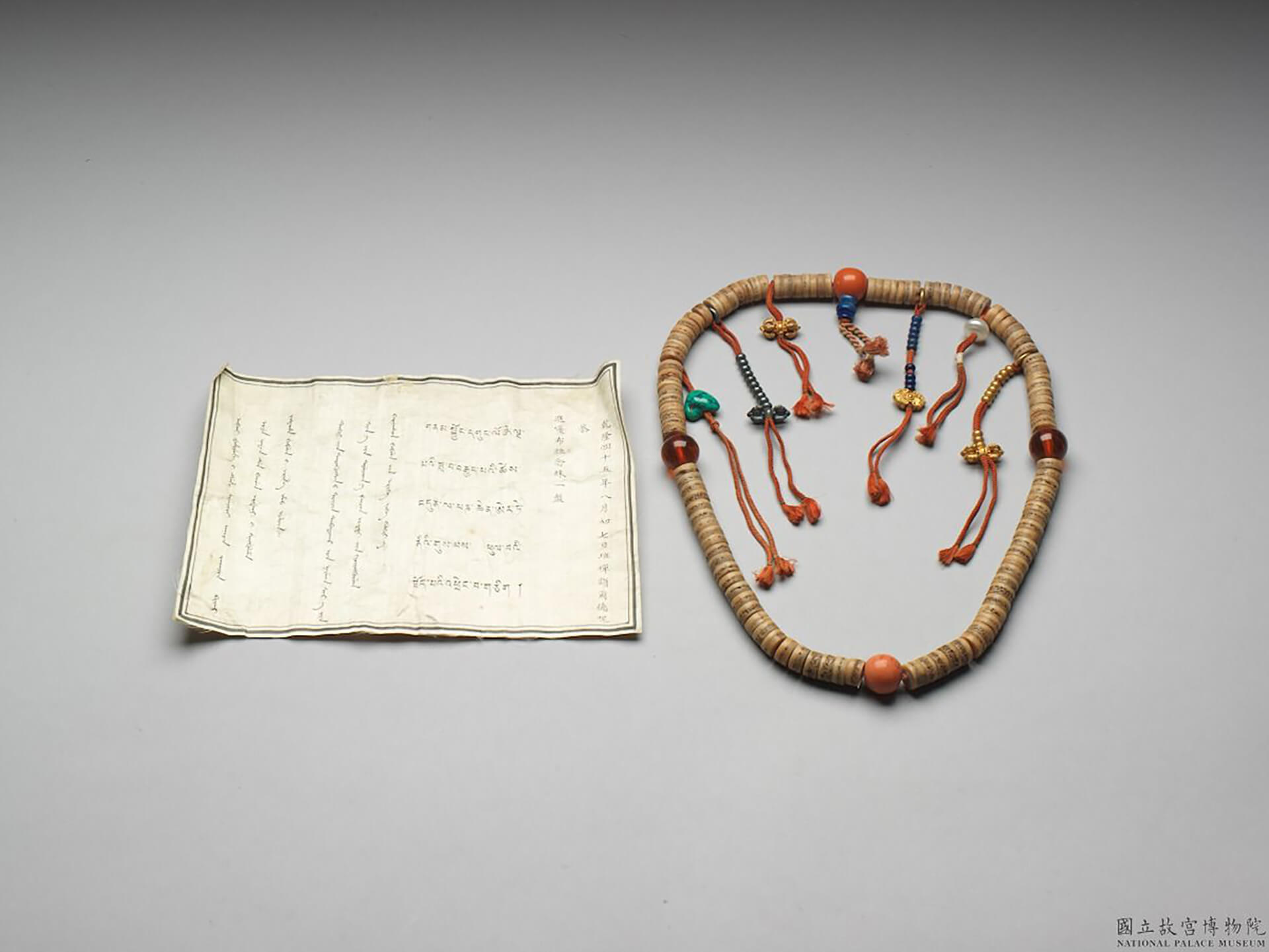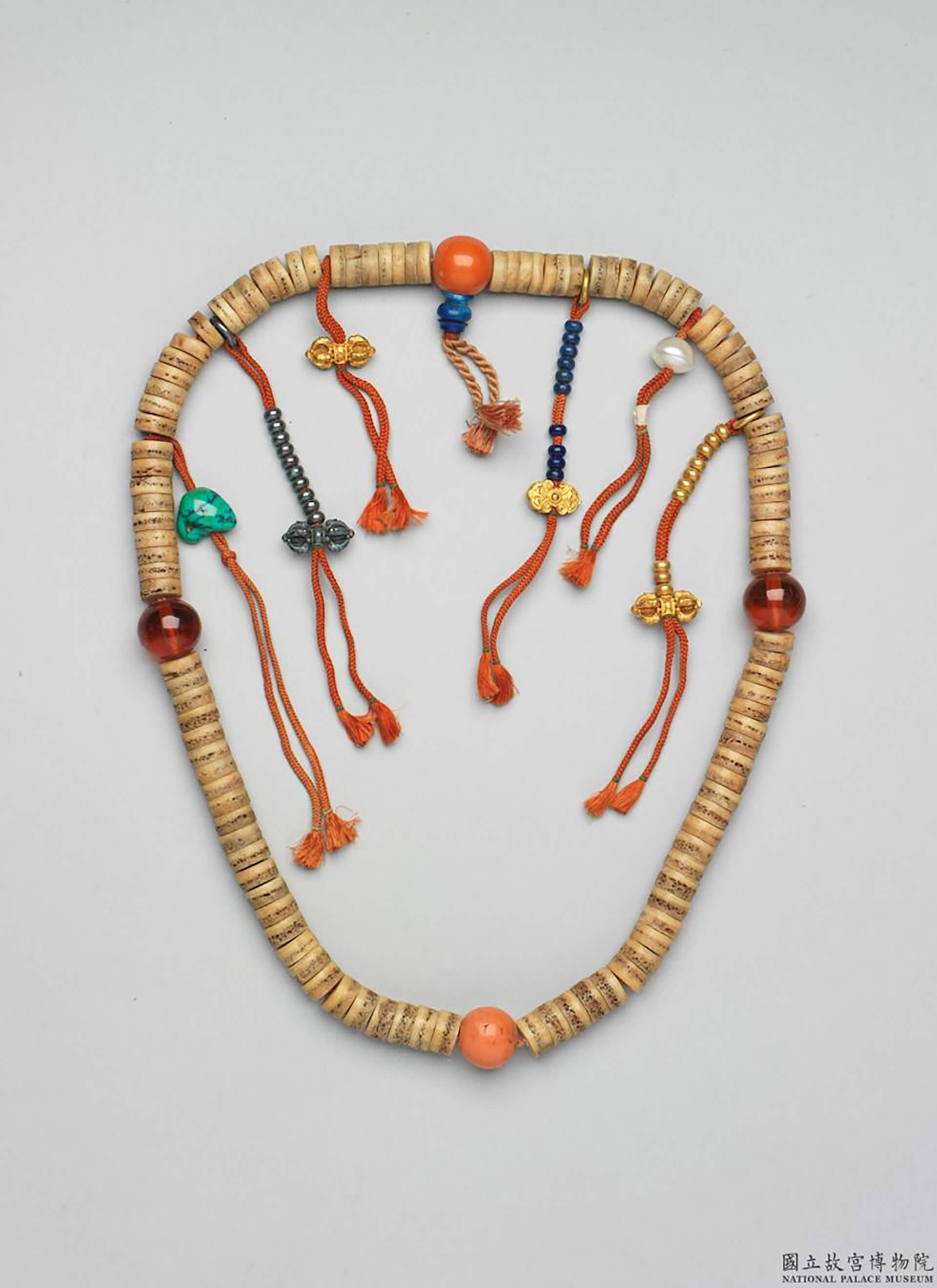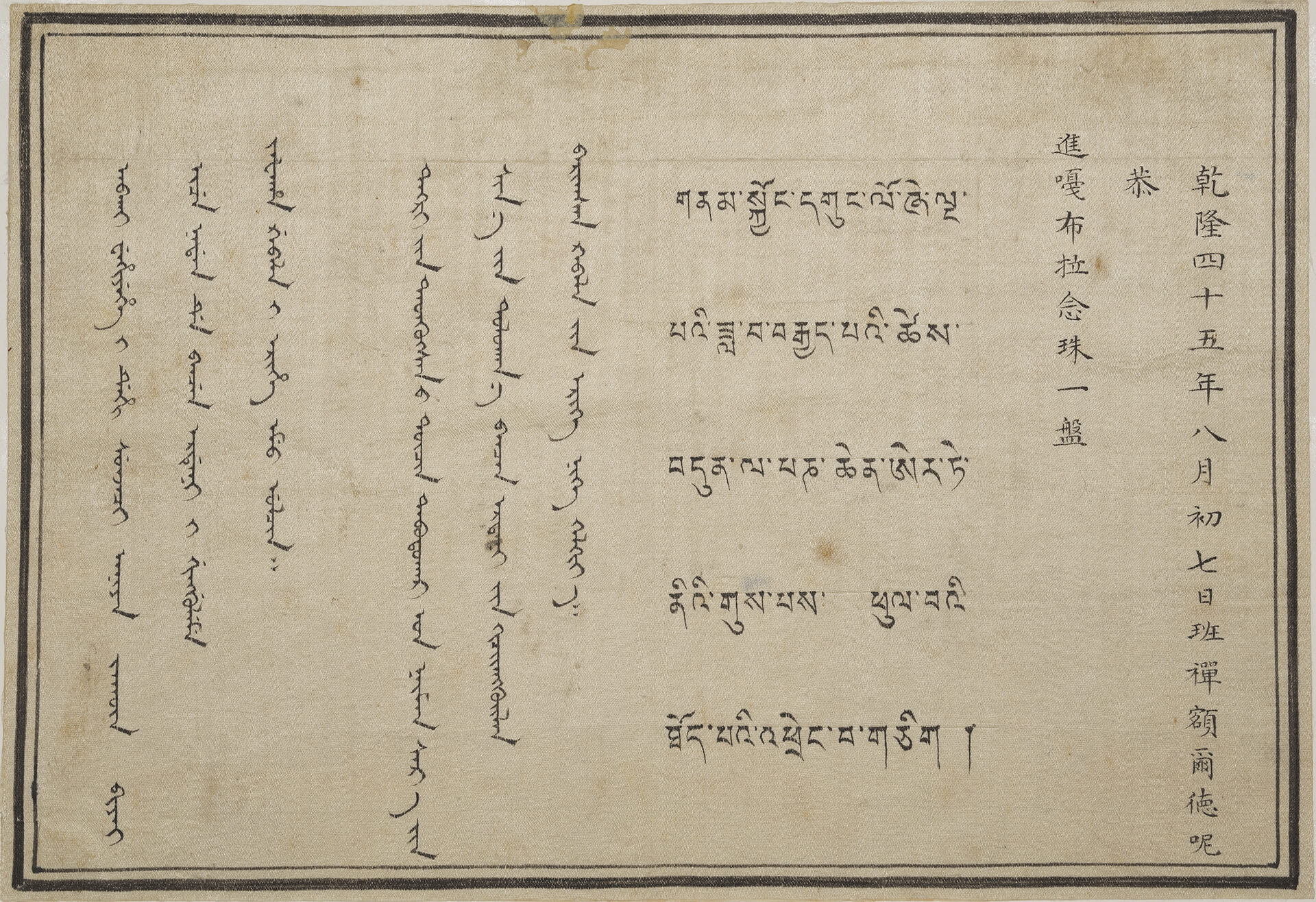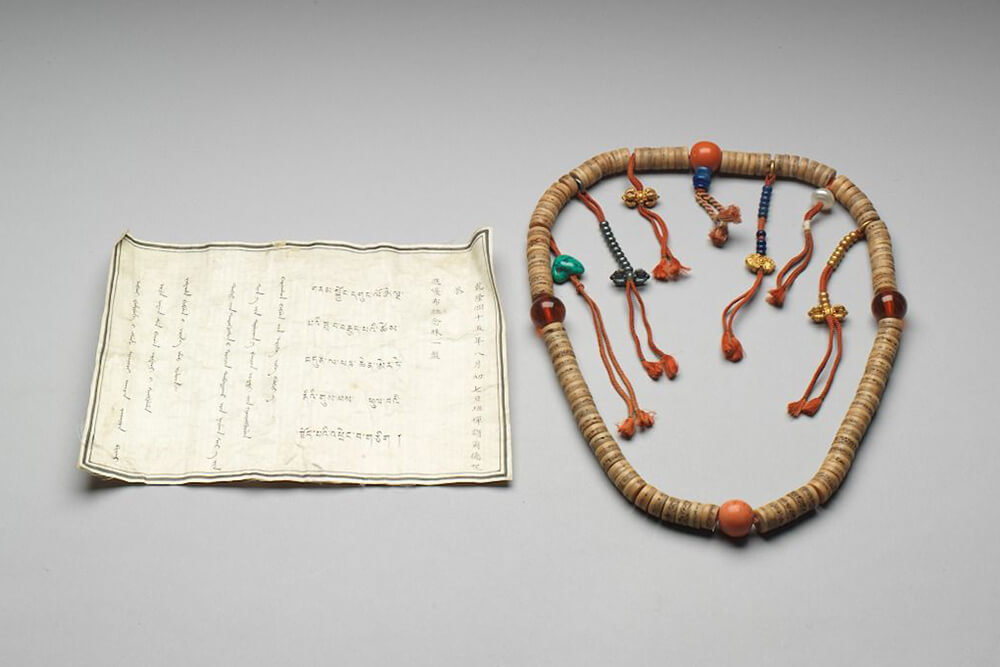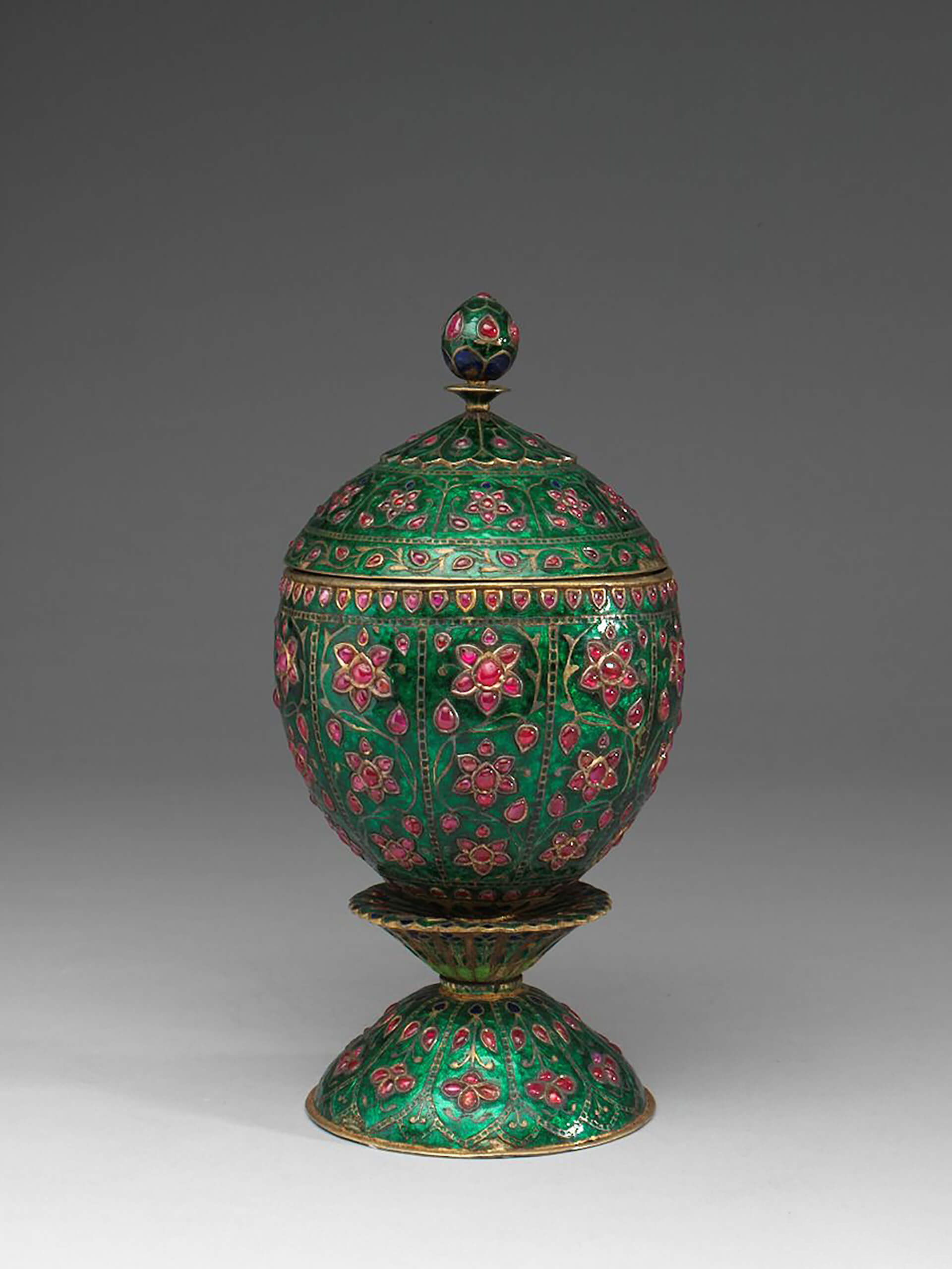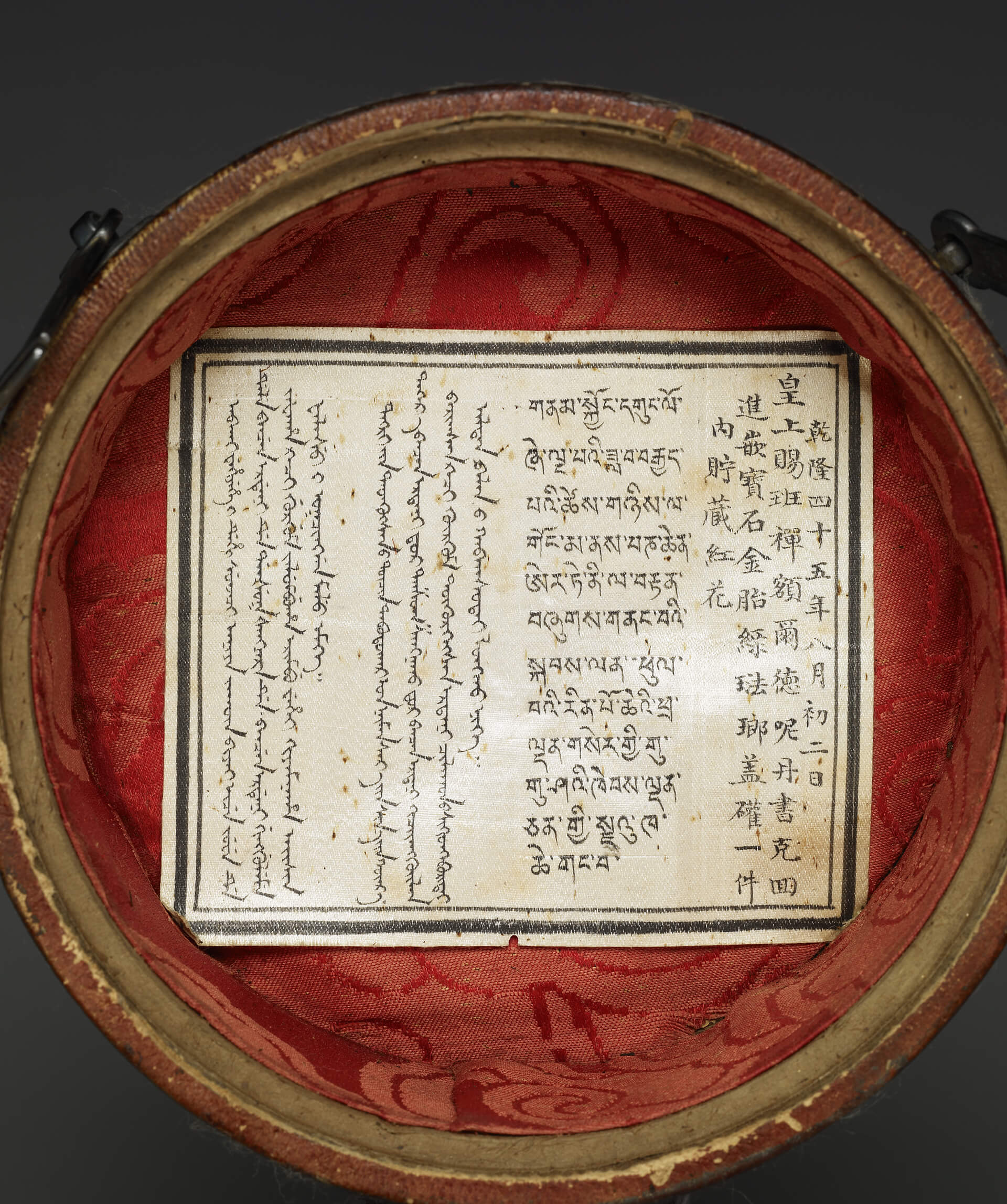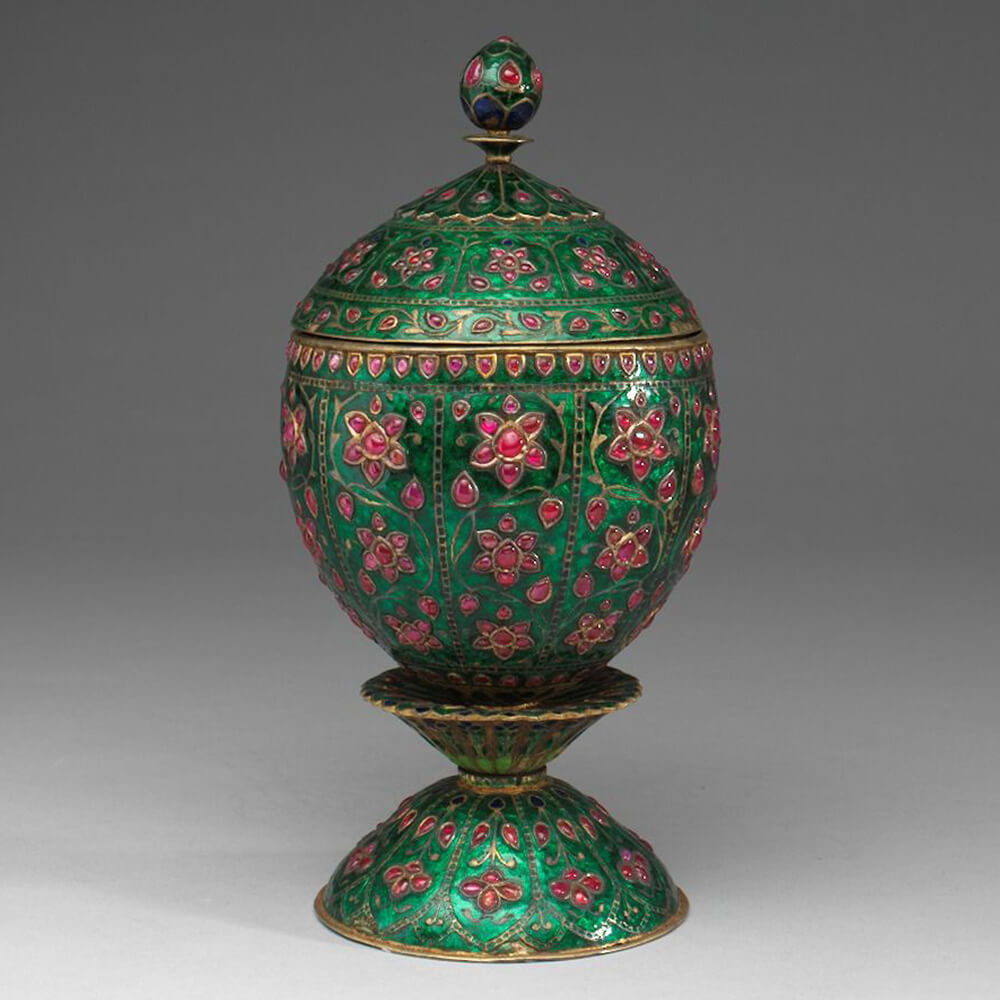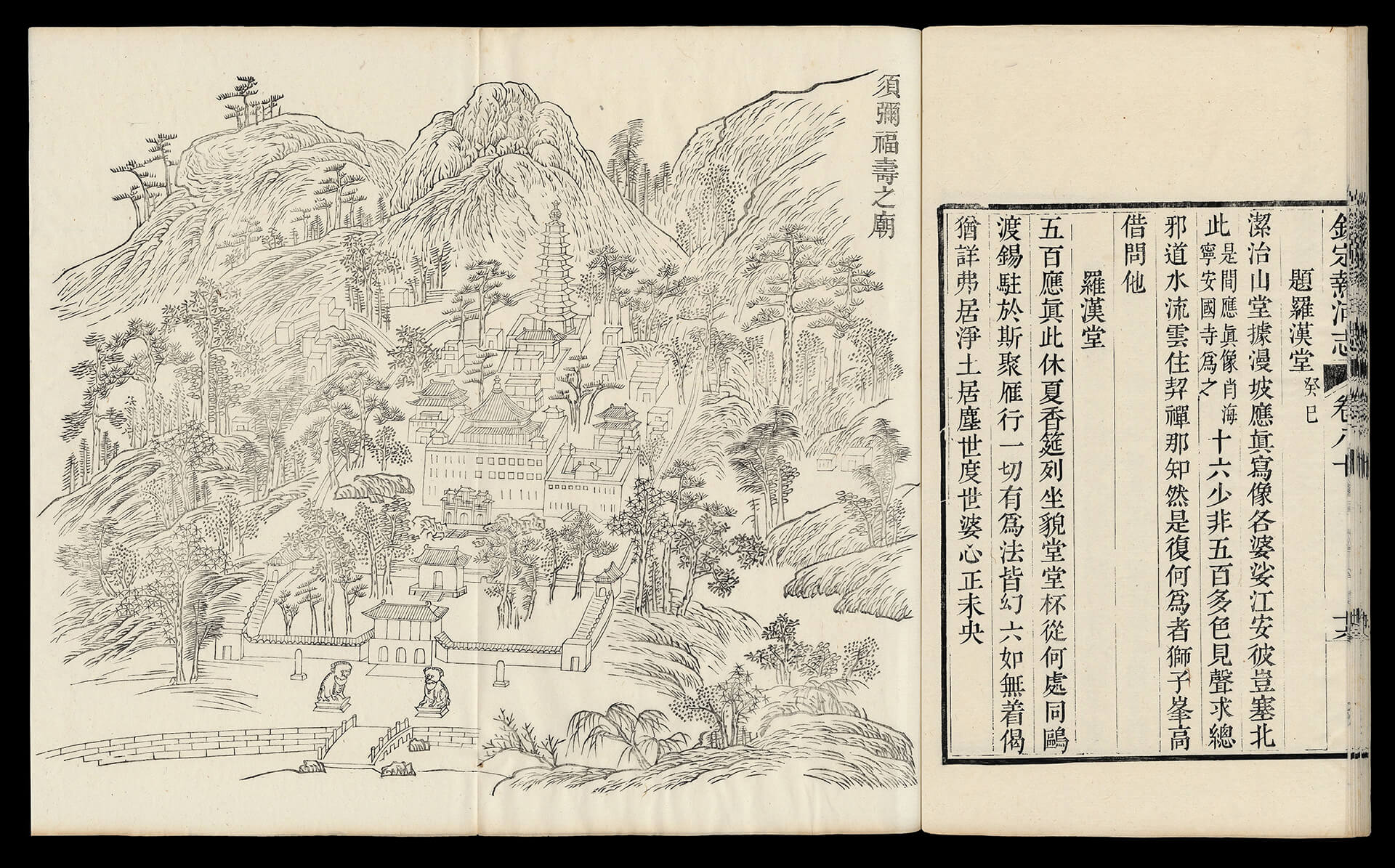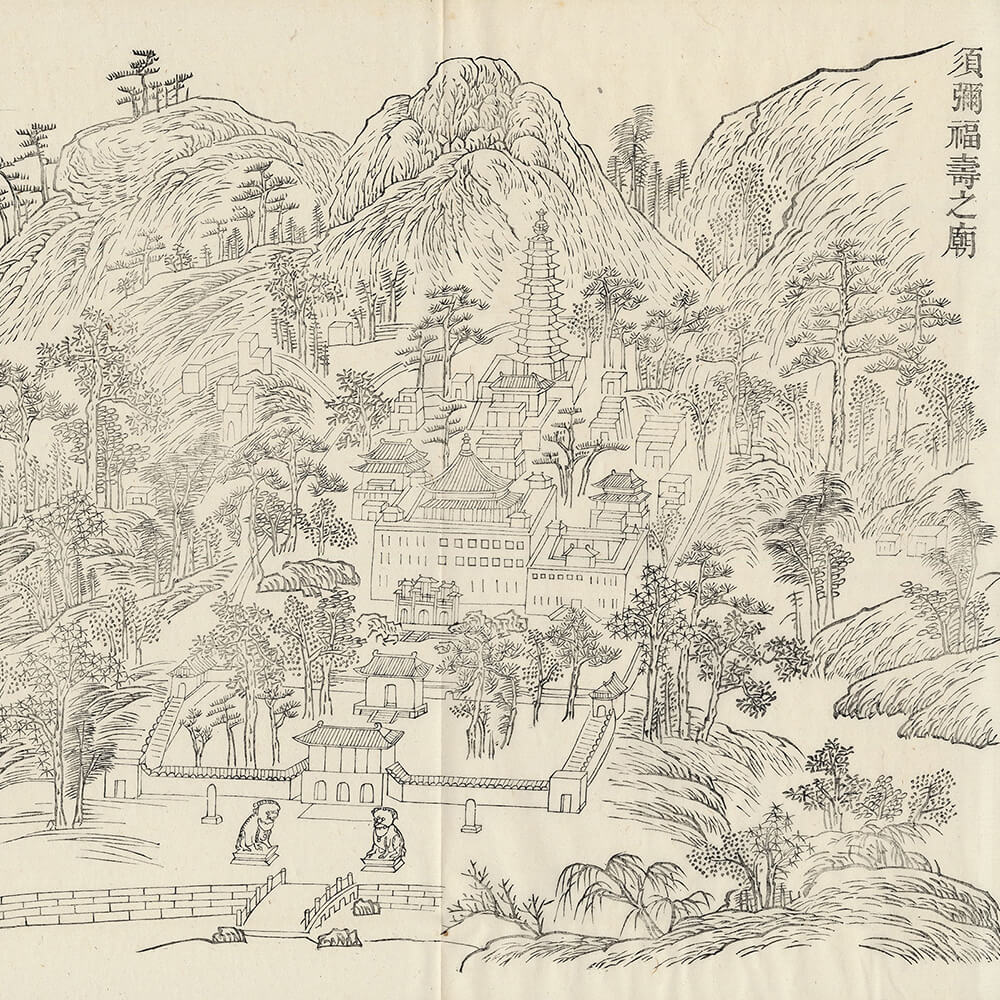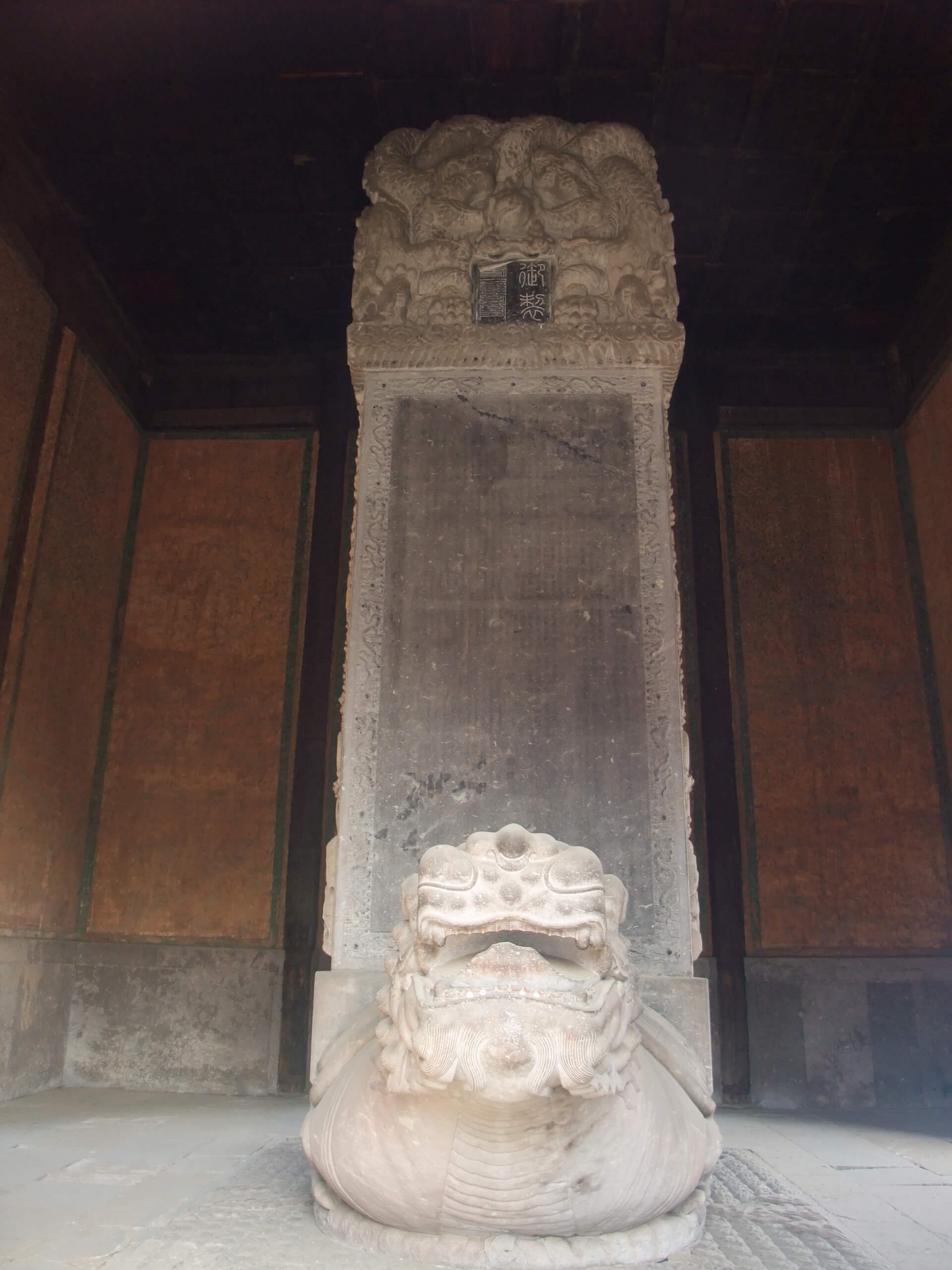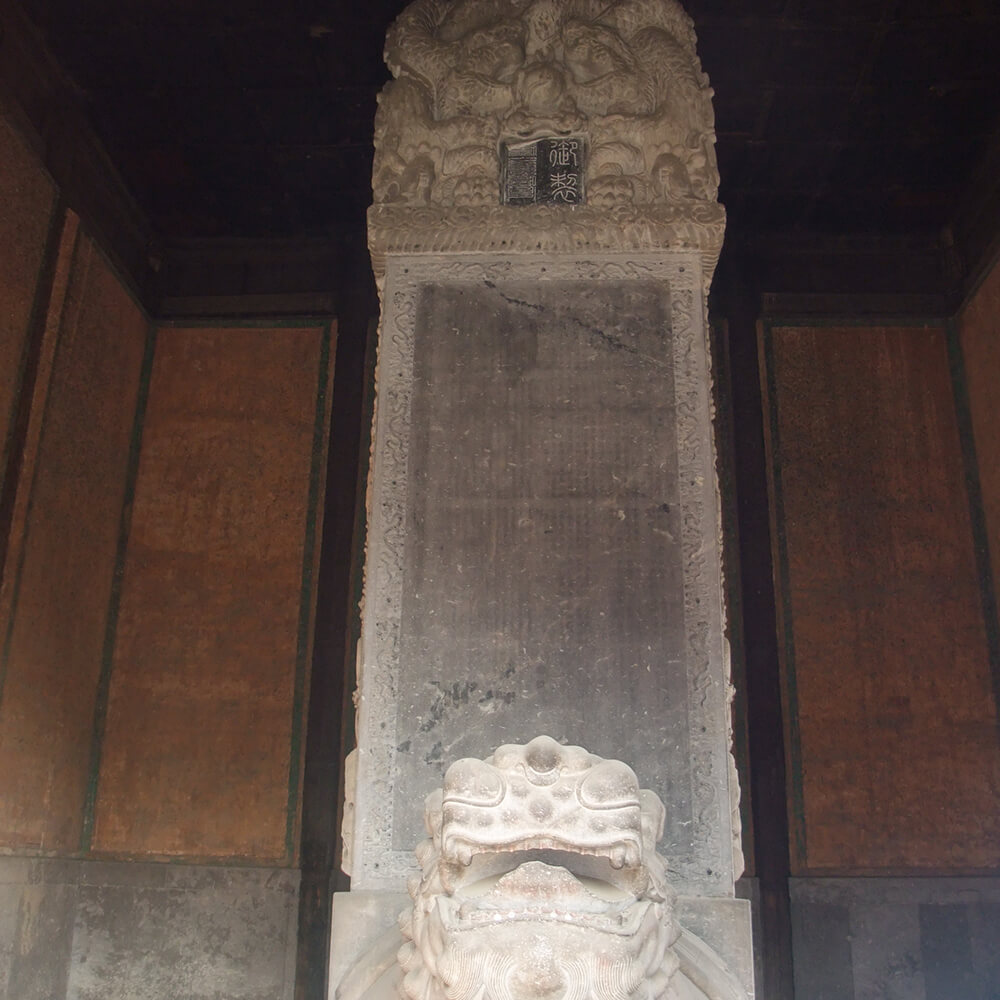Politics and Ritual
In the 42nd year of the Kangxi reign (1703), the Emperor embarked on an inspection tour of the north and celebrated his 50th birthday at the Kharhot Hetun Palace. In the same year, construction began on the Chengde Summer Resort. When the main structure was complete eight years later, the Resort became the Qing emperor's summer residence and a seat of political and military power. Various important events during the Qianlong reign took place here. In 1755, the Emperor invited the high nobility of four Mongol clans to a grand banquet to celebrate the quelling of Dawachi of the Dzungar Khanate. In 1771, Qianlong received Torghut Khan Ubashi, who led his clan on an eastern migration. In 1780, the Emperor received the Sixth Panchen as he traveled from Xigazê in Tibet to celebrate the Emperor's 70th birthday. In 1793, Qianlong received the first envoy from Britain, Lord Macartney. The Eight Outer Temples (Waibamiao) on the outskirts of the Chengde Summer Resort were built one after another while the Qing court sought to pacify the Empire's northern and western frontiers. The temple construction was intended to woo the Mongols and Tibetans and solidify the alliance between the Manchus and Mongols.
Receiving Foreign Dignitaries
During the heyday of the Qing dynasty, particularly the Qianlong period, the Summer Resort was often a place where the emperor received distinguished foreign guests and foreign envoys. Among them, the most distinguished may have been the 6th Panchen Lama from Shigatse, Tibet and George Macartney from the U.K.
Gilt sliver champlevé lidded jar with gem inlay in leather case
- 45th year of the Qianlong reign(1780), Qing dynasty
On Emperor Qianlong's 70th birthday in 1780, the 6th Panchen Lama (1738-1780) visited Beijing to congratulate him. The two leaders met in the Summer Resort in August. During the trip, the Panchen Lama offered numerous gifts to the emperor. For example, he offered the emperor the "Gilt sliver champlevé lidded jar with gem inlay in leather case" on August 2nd . Judging from the craftsmanship, decorations, and style of this artifact, it is surmised to have come from the Mughal Empire rather than from Tibet. On August 17th , the day when the emperor turned 70, Panchen Lama further gave the emperor the "Kapala bone prayer beads." The artifact, made using cranium, contains a total of 108 beads.
Inscription on the Stele of the Xumi Fushou Temple
- From fascicle 42 of Baxun Wanshou Shengdian (Ceremonies and Rituals of the Eightieth Imperial Birthday Celebrations)
- Written by A Gui, et al., on imperial order
- Movable-type imprint by the Imperial Printing Office at Wuyingdian Hall, 57th year of the Qianlong reign (1792), Qing dynasty
In 1778, the 6th Panchen Lama (1738-1780) submitted a palace memorial to the emperor through Changkya Rölpé Dorjé (1716-1786), the principal Tibetan Buddhist teacher in the Qing court. The memorial indicated that the Panchen Lama would be interested in coming to visit the emperor in Beijing to congratulate him on his 70th birthday. The emperor treated this matter seriously, and mandated that relevant personnel build a temple in Jehol for the Panchen Lama to stay at. The temple was subsequently built by imitating the Tashi Lhunpo Monastery where the Panchen Lama had resided. The building of the temple was completed in 1780, and it was named the Xumi Fushou Temple (the Chinese translation of the Tashi Lhunpo Monastery in the Tibetan language). The emperor wrote this article in June 1780 and translated it to Manchu, Mongolian, and Tibetan.
The Macartney Embassy Having an Audience with the Emperor at the Garden of Ten Thousand Trees
- Entry for the 10th day of the 8th month of the 58th year of the Qianlong reign (September 14, 1793), Qing dynasty
- From fascicle 20 of the 1st volume of Chengdefu Zhi (Gazetteer of the Chengde Prefecture)
- Compiled by Haizhong, Qing dynasty
- Reprint edition, 13th year of the Guangxu reign (1887), Qing dynasty
To facilitate trades with the eastern world, in 1792, King George III (1738-1820) sent a delegation team led by Earl George Macartney (1737-1806) and Sir George Leonard Staunton (1737-1801) to China to congratulate Emperor Qianlong on his birthday. The delegation team arrived at the Summer Resort in the summer of the following year. A meeting ceremony was subsequently held at the resort. However, due to the differences in Chinese and Western etiquette and language barriers, the first diplomatic contact between the Qing dynasty and the British Empire ended in haste. Nevertheless, this meeting facilitated China-U.K. diplomatic relations for the years to come.
Tribute – List of Gifts Presented to the Emperor
- From fascicle 503 of Qinding Daqing Huidian Shili (Imperially Endorsed Collected Administrative Statutes and Precedents of the Great Qing)
- Written by Kun Gang, et al., on imperial order
- Lithographic imprint by the Zongli Geguo Shiwu Yamen (Office for the General Management of Affairs Concerning the Various Countries), 25th year of the Guangxu reign (1899), Qing dynasty
On September 14, 1793, Emperor Qianlong officially received the British delegation team led by George Macartney. The emperor entertained his guests at the Wanshuyuan Garden and the palace area of the Summer Resort. During the meeting ceremony, the delegation team, on behalf the British monarch, offered the emperor diplomatic credentials as well as many new Western technological products. The emperor returned the favor by providing the delegation team with gifts. The delegation left Jehol on September 24. The day before the delegation's departure, the emperor wrote diplomatic credentials for the delegation team to hand over to the British monarch.
